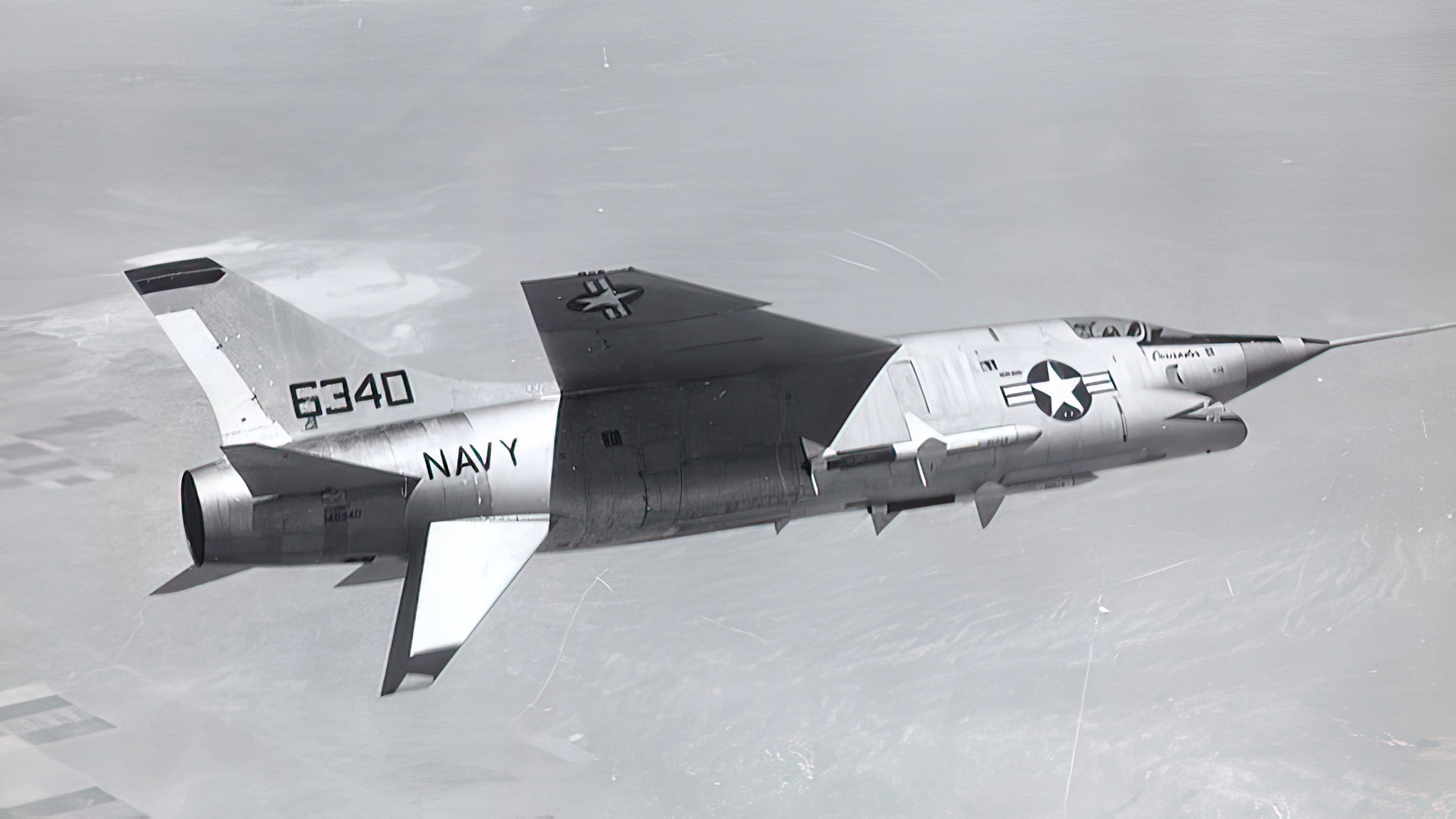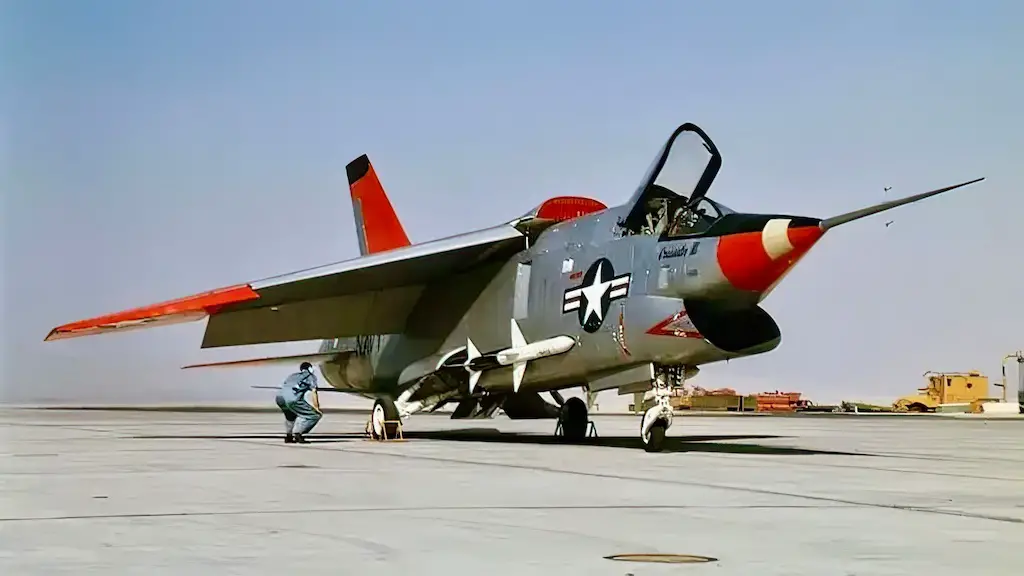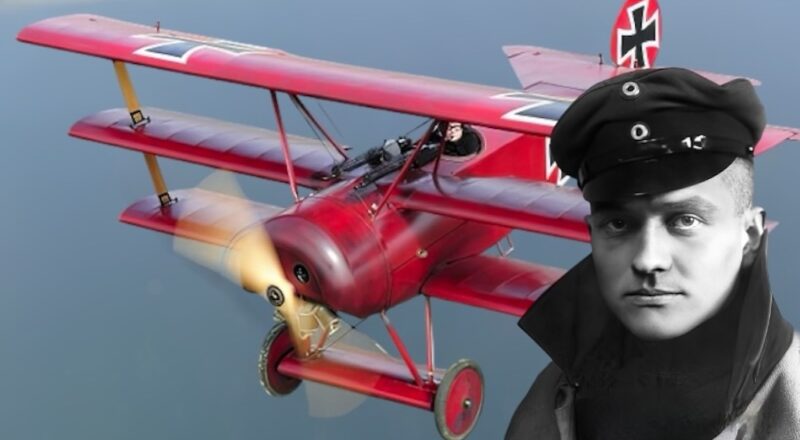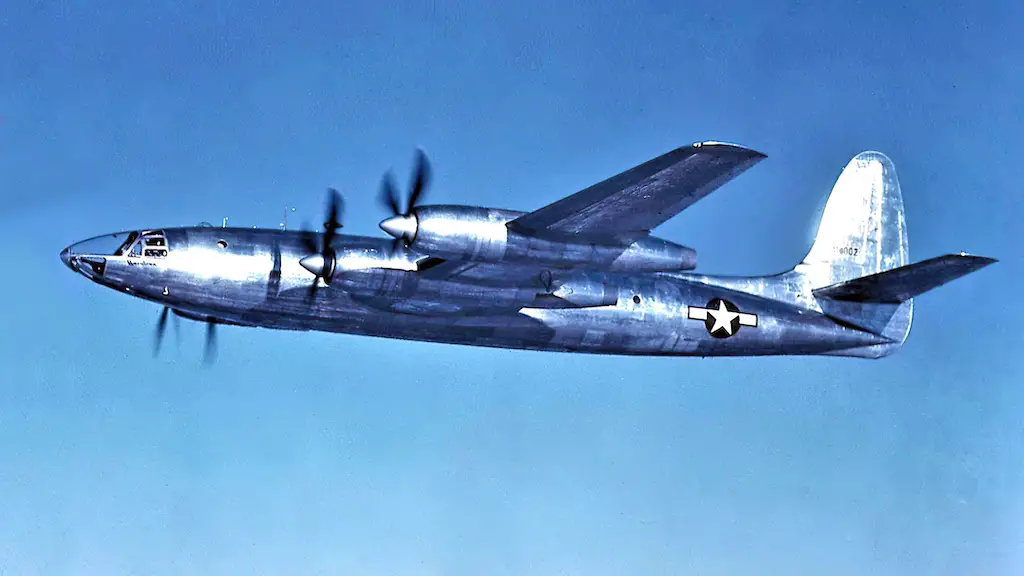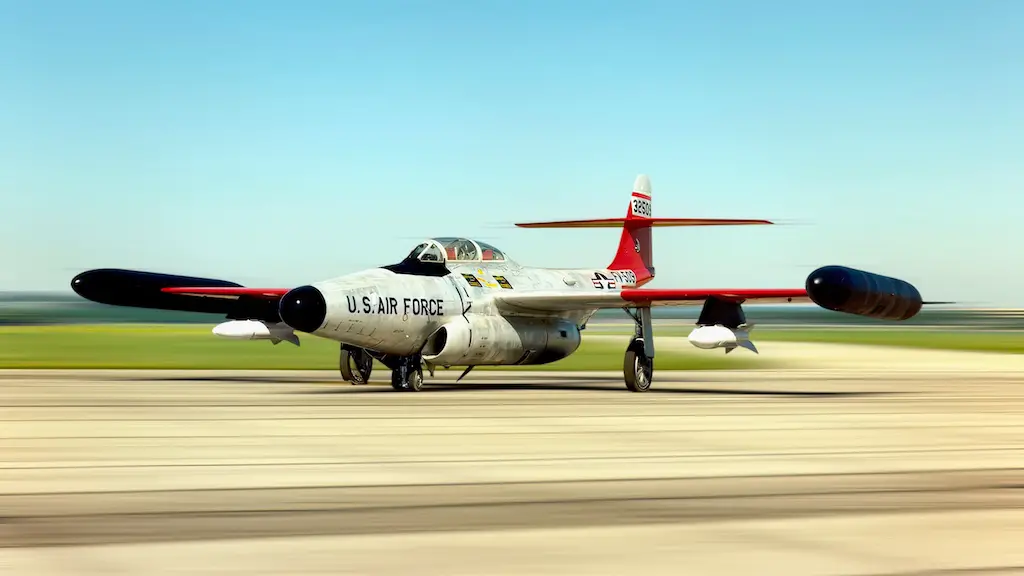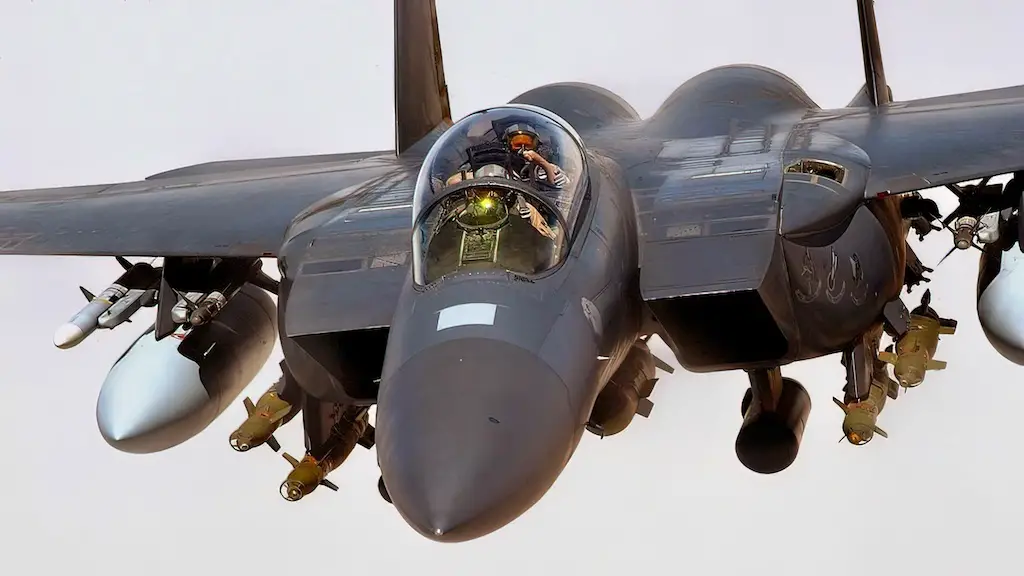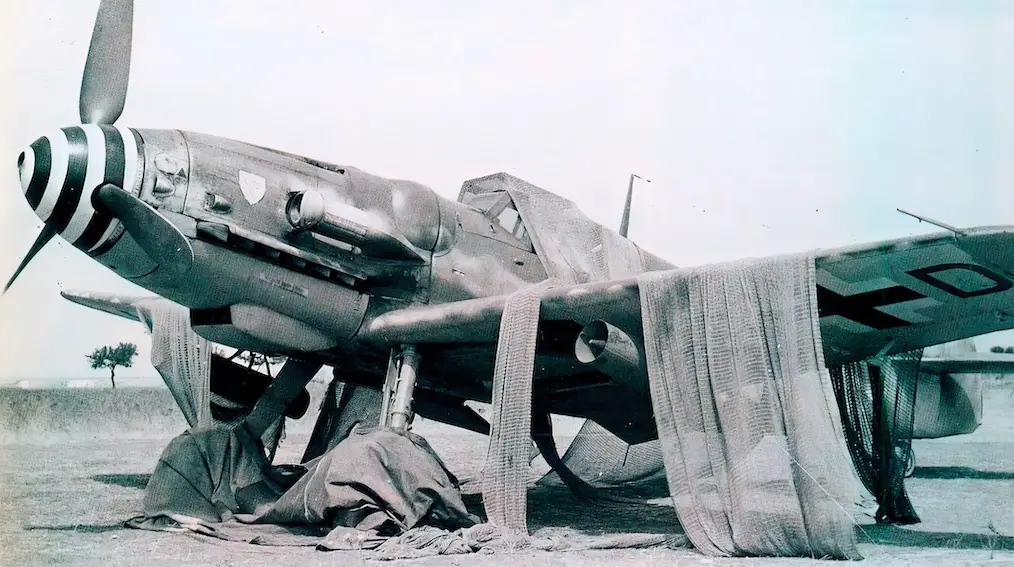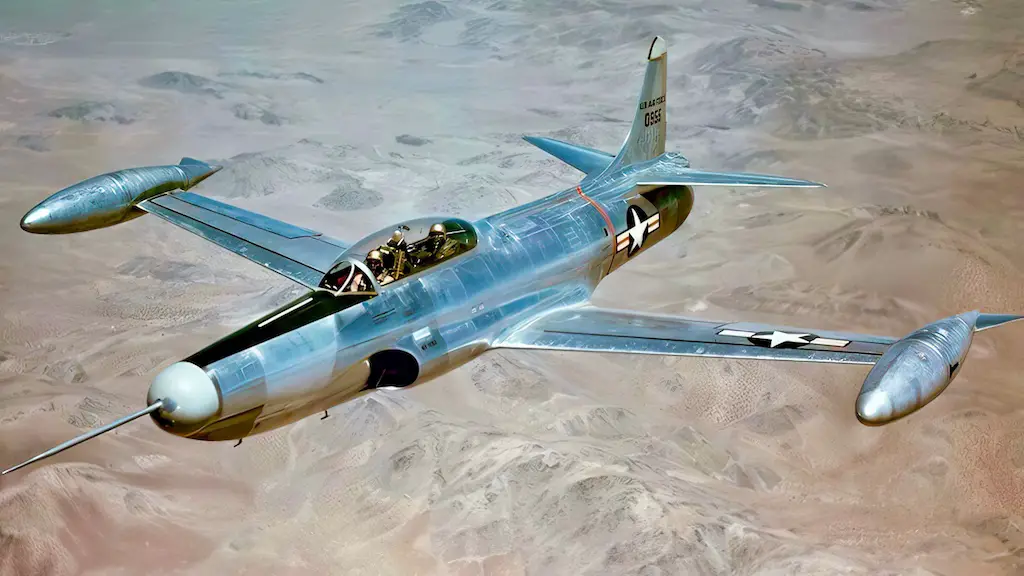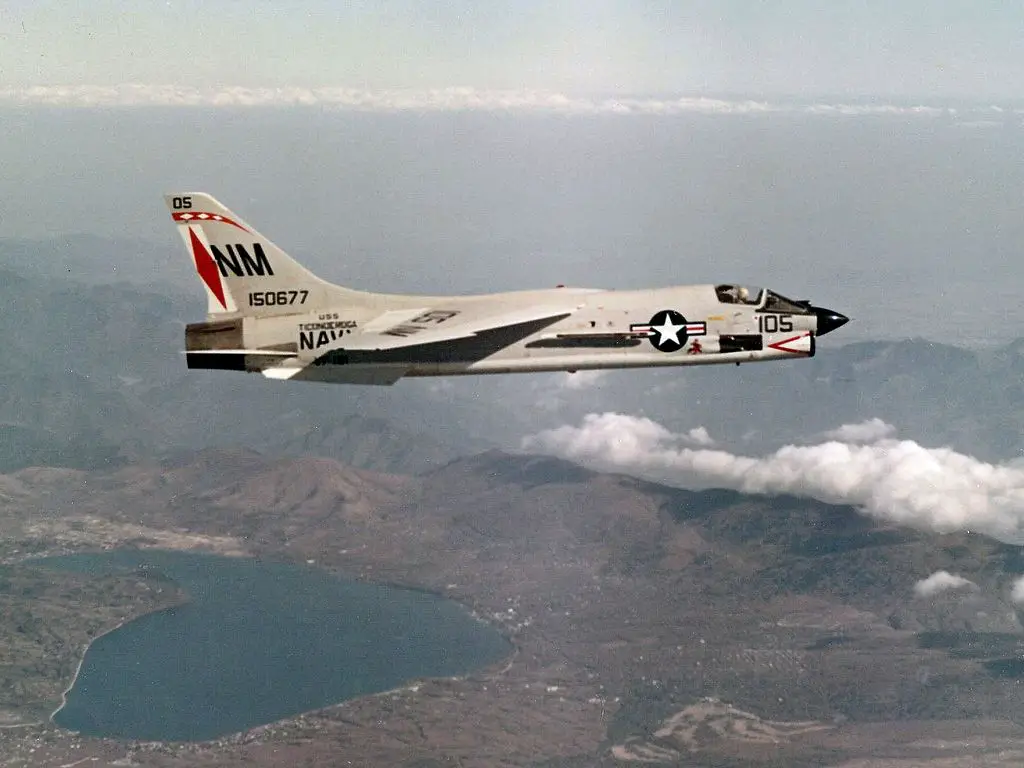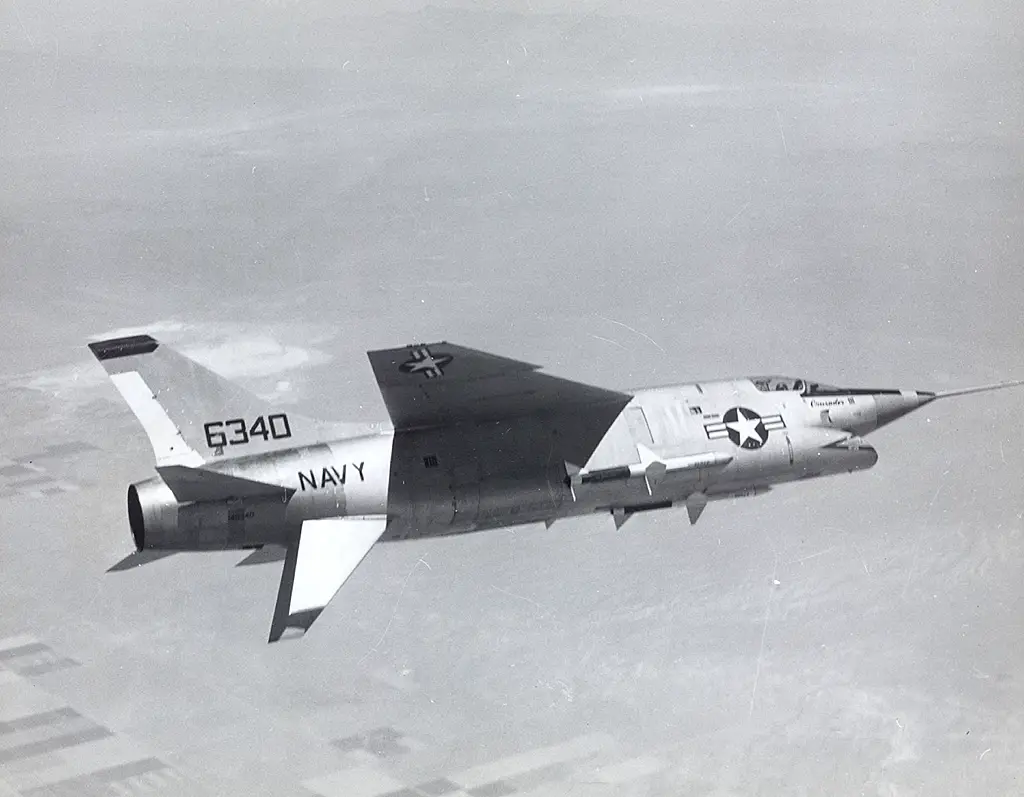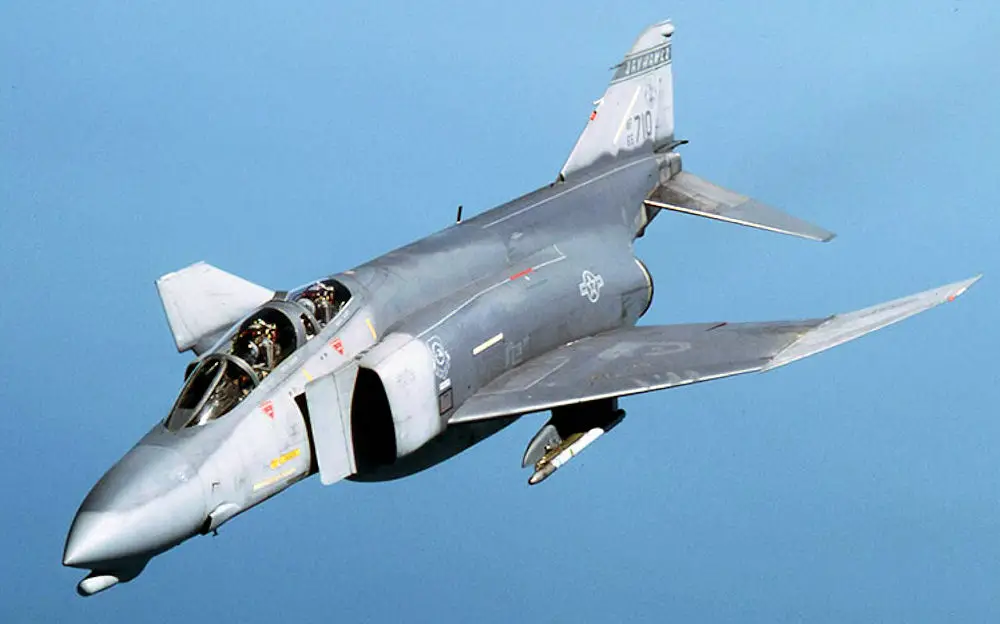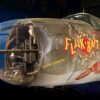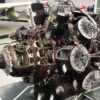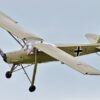The Development of the XF8U-3
The Vought XF8U-3 Crusader III could well be characterized as an F-8 Crusader on steroids. This colossal leap in aviation design retained the DNA of its predecessor but turbocharged it with striking enhancements. Powered by a substantially more potent Pratt & Whitney J75-P-5A turbojet, the Super Crusader embodied brute force, generating nearly double the thrust of the F-8. It sported a sleeker and more aerodynamic design, showcasing an improved wing design and a more advanced automatic incidence control system. Its performance was equally mind-boggling, boasting superior speed, climb rate, and ceiling. Indeed, the XF8U-3 was not just a simple upgrade – it was the F-8 reimagined, reengineered, and reborn, an embodiment of raw power and sophistication.
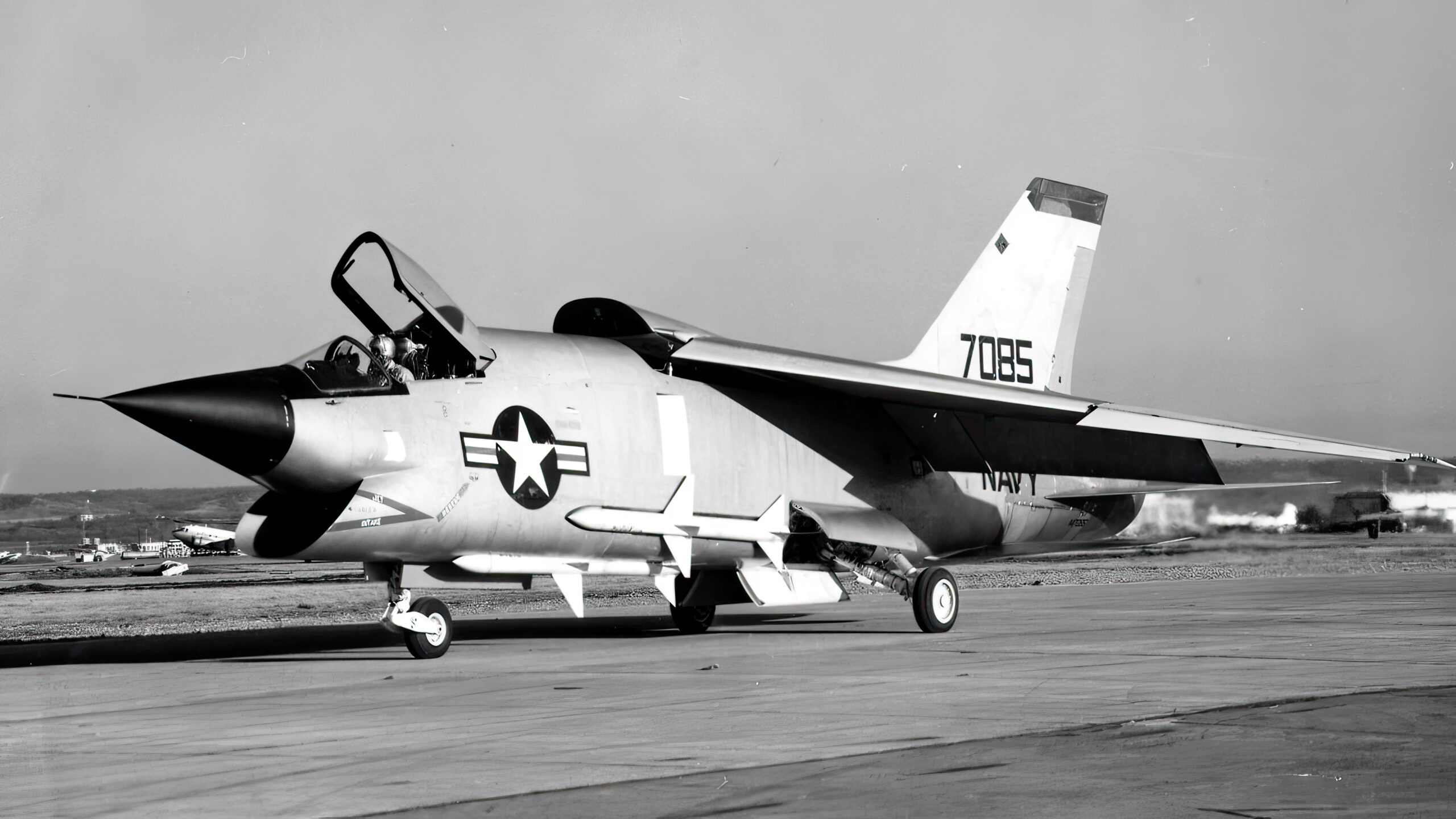
Ling-Temco-Vought (LTV) spearheaded this ambitious project, eager to build upon the successes of the F-8. From the outset, the objective was clear: Create a supersonic, carrier-based aircraft that could outperform its potential rivals. Every element of the XF8U-3 was meticulously engineered for superior performance. The aircraft employed a Pratt & Whitney J75-P-5A turbojet, which was capable of generating 29,500 pounds of thrust. Coupled with a new, sleeker aerodynamic design, the Super Crusader promised phenomenal speed and agility.
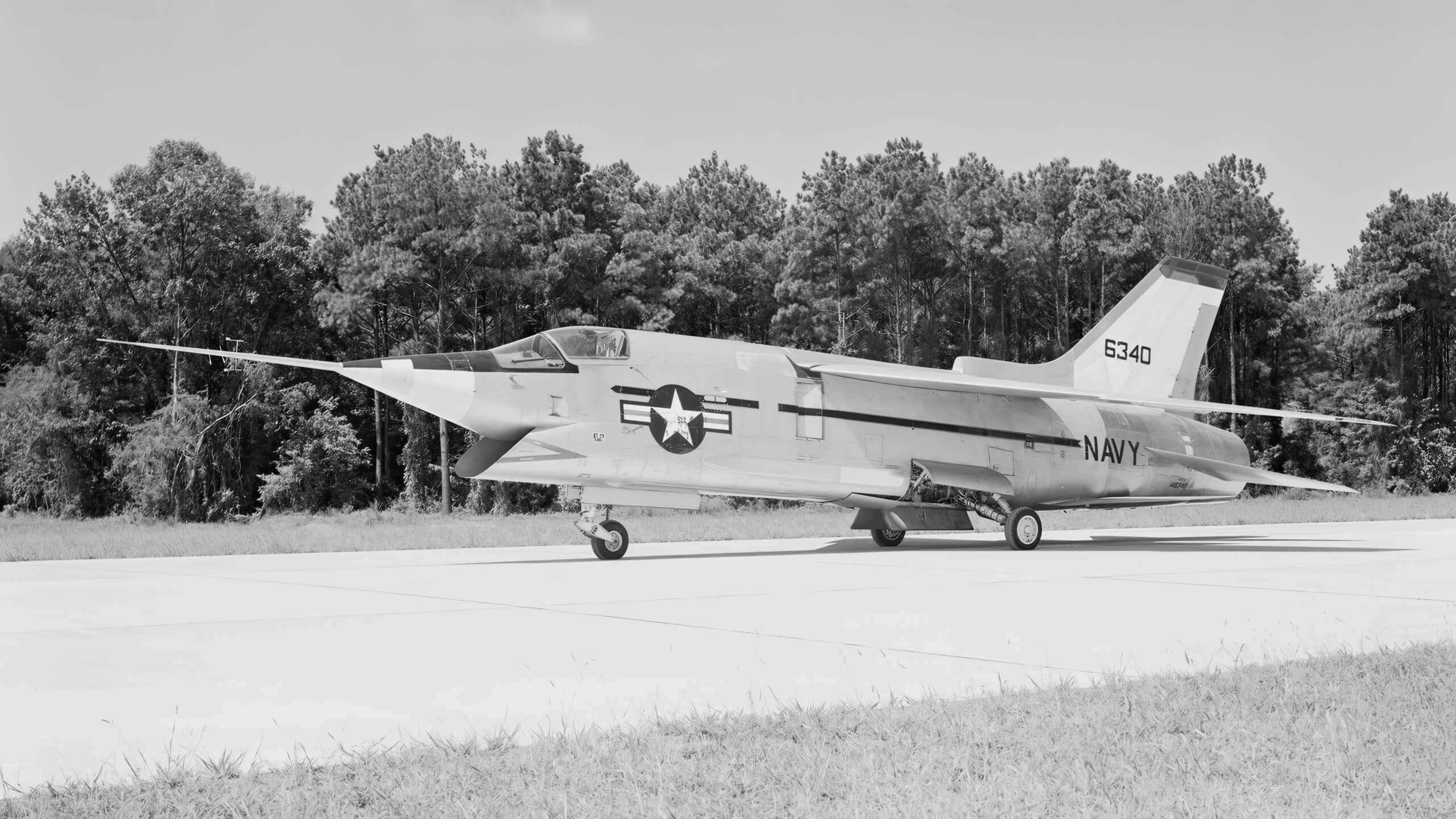
Unforgettable Test Flights
The prototype made its maiden flight on June 2, 1958, piloted by test pilot John Konrad. In its initial test flights, the Super Crusader lived up to its name, reaching speeds of Mach 2.39. It consistently outpaced its contemporary, the F-4 Phantom, in speed and climb rate during several trials, showcasing its exceptional capabilities.
One of the most remarkable episodes occurred on December 21, 1959. The XF8U-3, piloted by Commander R. W. Windsor, exceeded an altitude of 100,000 feet during a zoom climb – a feat unparalleled by its contemporaries. Despite these notable successes, the Super Crusader’s journey was not without setbacks. Certain test flights exposed stability issues at high speeds, specifically pitch-up tendencies, which were meticulously addressed and corrected.
The Super Crusader’s Contribution to the F-8 Development
Though the Super Crusader was a marvel of its era, it never went into full production. The U.S. Navy decided to opt for the McDonnell Douglas F-4 Phantom II, owing to its multirole capabilities and capacity for two crew members. But the XF8U-3’s journey wasn’t in vain.
The design advancements and technological innovations from the XF8U-3 heavily influenced subsequent developments in the F-8 Crusader series. Elements like the advanced wing design, which contributed to the XF8U-3’s high speed and quick climb rate, and the automatic incidence control system, which improved stability, were incorporated into the F-8J Crusader variant.
Moreover, the experiences and insights gained from the XF8U-3 project became invaluable lessons for future aerospace projects. They set a precedent for what was achievable and sparked further innovations in fighter aircraft designs.
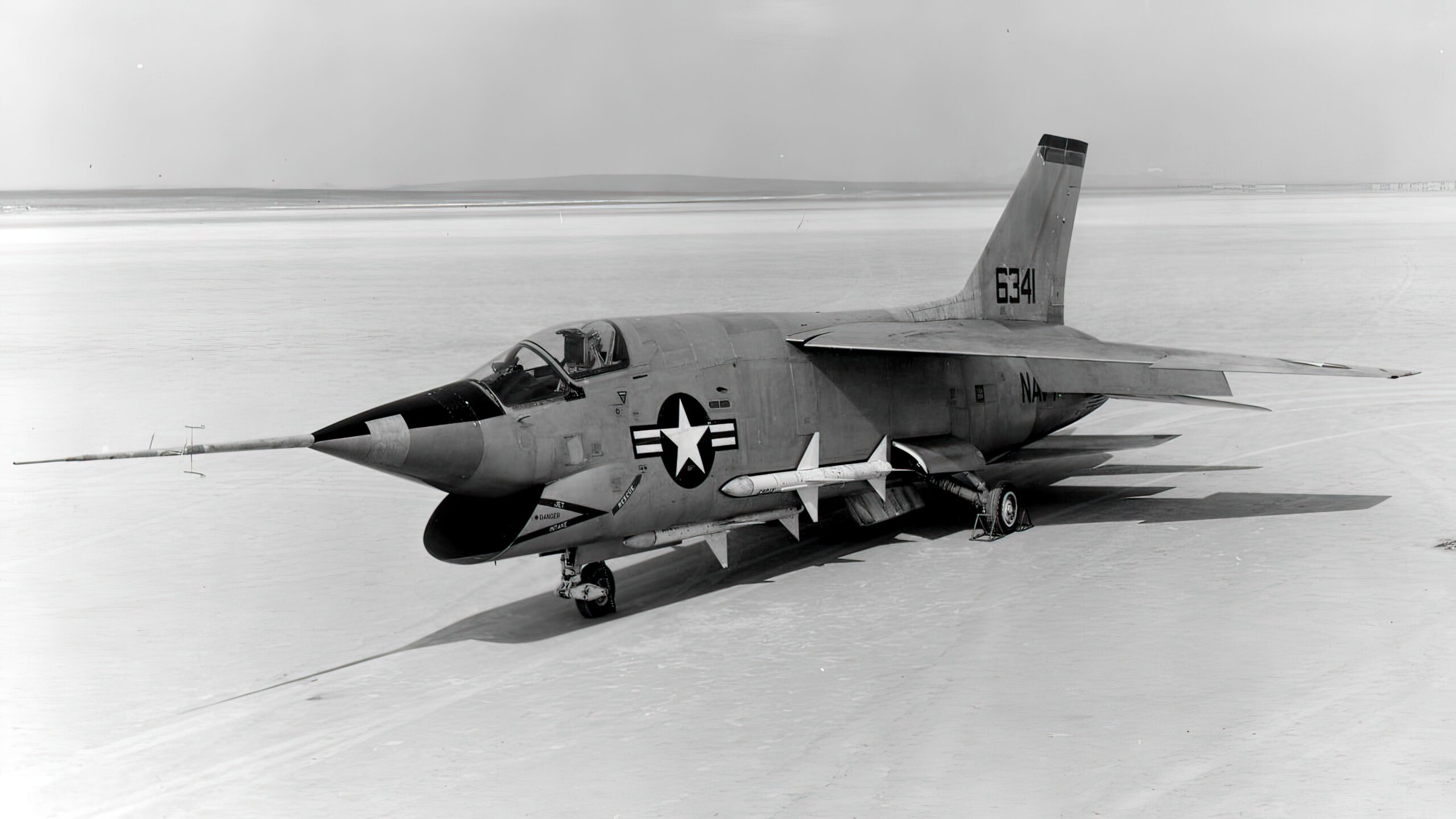
The Legacy of the XF8U-3 Crusader III
The Vought XF8U-3 Crusader III stands as a monument to an era of rapid technological growth and fierce competition. Despite its lack of full production, it has etched an indelible mark in the annals of aviation history. The Super Crusader, with its innovative design and extraordinary performance, pushed the boundaries of what was deemed possible and continues to inspire aircraft designers and enthusiasts alike. This truly was the blue streak of the skies.
